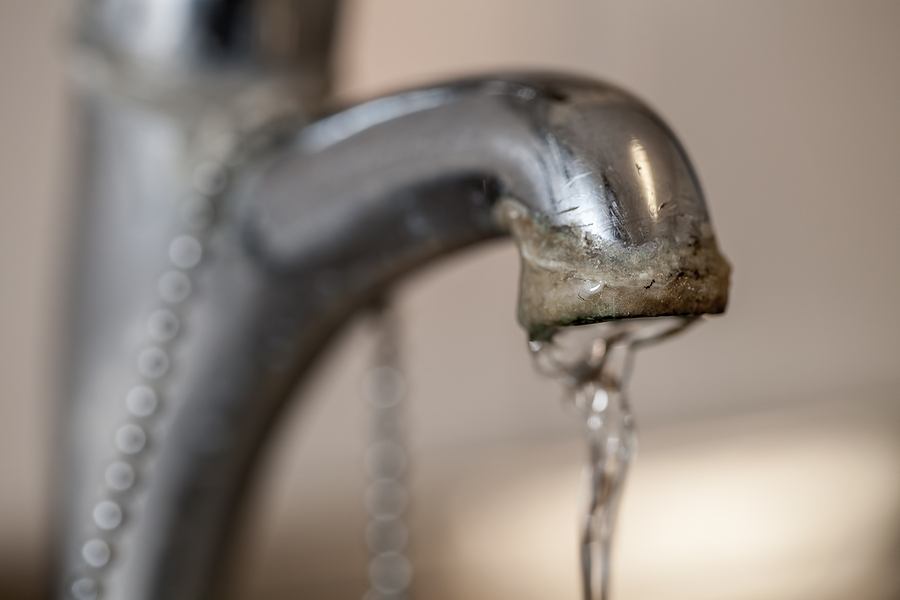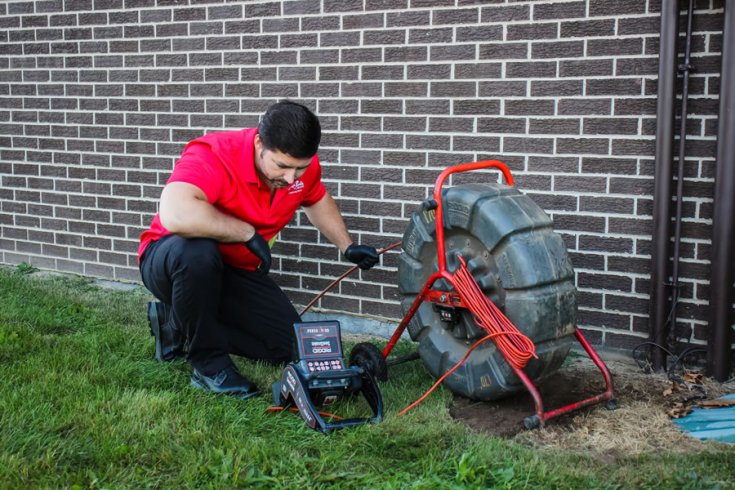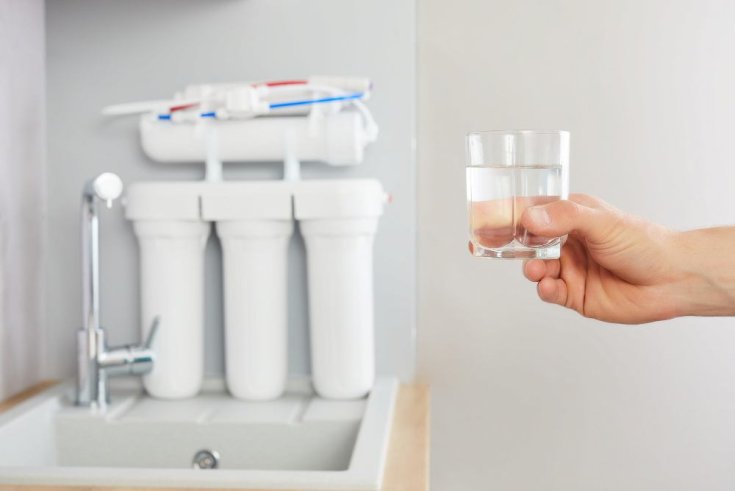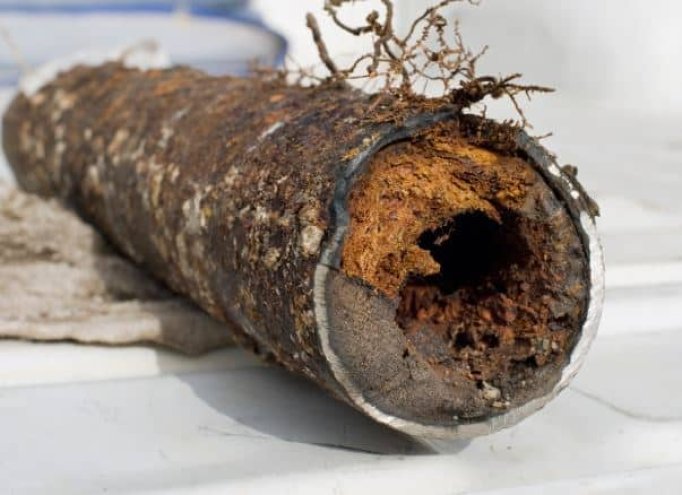Call This Thursday to get $50 Off
Call us Now to Get $50 OFF.
Ratings based on 1562 reviews
Local Plumbers, Local Reviews
Call This Thursday to get $50 Off
Call us Now to Get $50 OFF.
Ratings based on 1562 reviews
Local Plumbers, Local Reviews

Picture this: you’re mid-shower, shampoo in your hair, and suddenly, the water pressure drops to a feeble dribble. Frustrating, right? Low water pressure is more than just an inconvenience though; it can signal deeper plumbing issues that need your attention.
In this brief article brought to you by Mr. Rooter Plumbing, we shed light on some common causes of low water pressure, why it happens, and what you can do about it before your morning routine becomes a full-blown headache.
If you’d rather have a trained plumber investigate the issue and get to the root of the problem, then call Mr. Rooter Plumbing to schedule a convenient appointment or request urgent assistance today. We are ready when you are.
Water pressure refers to the force at which water flows through your pipes and out of your fixtures. It’s measured in pounds per square inch (PSI). For most homes, ideal water pressure is between 40 and 60 PSI. Anything below that range can make tasks like washing dishes, running appliances, or enjoying a proper shower frustratingly inefficient.
There are many reasons your water pressure might dip, and they range from minor annoyances to serious plumbing problems. Here’s a breakdown of the usual suspects:
The good news is that many causes of low water pressure are fixable. Here’s how to tackle the issue:
If you’d rather leave the troubleshooting to an experienced plumber, then contact Mr. Rooter Plumbing for quick and affordable plumbing service in Forney, TX. Our team is on standby to take your call or message at any time of the day – or night.

If you rely on a septic system for wastewater treatment on your property, you know that the system comes…
Read More
If you’re considering installing a water filtration system in your house, it’s important to understand how the cost is…
Read More
Sink trouble got you down? A trusty garbage disposal is the answer, quickly chomping through food scraps and leaving your kitchen sparkling clean.…
Read More
Some of the top threats to your sewer line include tree roots, hard water, acidic soil conditions, shifting soil, and more. As a…
Read More